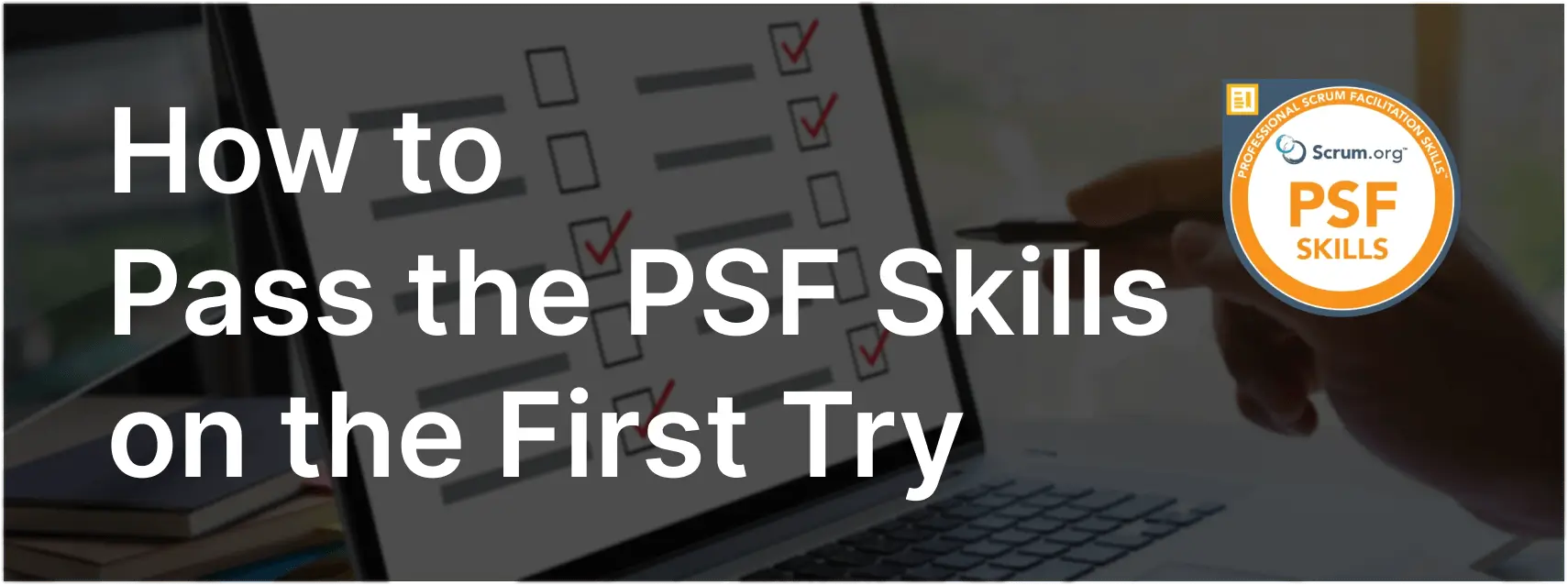Understanding Group Dynamics and Decision Making
Facilitating group dynamics and decision-making processes is a crucial skill for Scrum facilitators. It involves recognizing and managing various characteristics that can arise during team interactions.
Exam Question
Which of the following are NOT common characteristics seen in group dynamics and group decision making?
(choose the best answer)
A. Confusion, misalignment, and frustration.
B. Harmony, agreement, and smooth pace of progress throughout interactions.
C. Difficulty in building shared understanding.
D. Differences of opinion being expressed.
E. Failure to reach absolute consensus.
Correct Answer
B. Harmony, agreement, and smooth pace of progress throughout interactions.
Explanation
Correct Answer
B. Harmony, agreement, and smooth pace of progress throughout interactions:
Group dynamics and decision-making processes often involve conflict, misunderstandings, and challenges in building consensus. Harmony and smooth progress are not typical as teams navigate differing opinions and strive to reach a common understanding. This process is essential for fostering diverse perspectives and achieving well-rounded decisions.
Common Characteristics in Group Dynamics
- Confusion, misalignment, and frustration: These are common as team members work through complex issues and differing viewpoints.
- Difficulty in building shared understanding: Teams often struggle to align their perspectives and establish a common ground.
- Differences of opinion being expressed: Healthy debates and differing opinions are crucial for effective decision-making.
- Failure to reach absolute consensus: It is common for teams to make decisions without everyone being in full agreement, focusing instead on moving forward with the majority’s support.
Benefits of Understanding Group Dynamics
- Improved Facilitation: Recognizing and managing common group dynamics helps facilitators guide teams more effectively.
- Enhanced Decision Making: Addressing conflicts and differences of opinion leads to more robust and well-considered decisions.
- Increased Team Cohesion: Navigating through challenges together can strengthen team relationships and build trust.
PSF Skills Insights
- Facilitation Techniques: Effective facilitators use techniques to manage group dynamics, ensuring that all voices are heard and conflicts are resolved constructively.
- Decision-Making Processes: Facilitators guide teams through decision-making processes, helping them navigate conflicts and reach actionable conclusions.
Relevance to the PSF Skills Exam
Understanding group dynamics and decision-making processes is essential for the PSF Skills exam. This knowledge demonstrates an ability to facilitate effective team interactions and drive continuous improvement.
Key Takeaways
- Group dynamics often involve conflict and challenges, not just harmony and agreement.
- Effective facilitation and decision-making require managing these dynamics constructively.
- Recognizing common characteristics in group dynamics helps facilitators guide teams towards better outcomes.
Conclusion
Facilitating group dynamics and decision-making processes is a critical skill for Scrum facilitators. By understanding and managing common characteristics, facilitators can help teams navigate conflicts, build shared understanding, and make effective decisions. For more information on preparing for the PSF Skills exam, visit our Professional Scrum Facilitation Skills PSF Skills™ Exam Prep.



